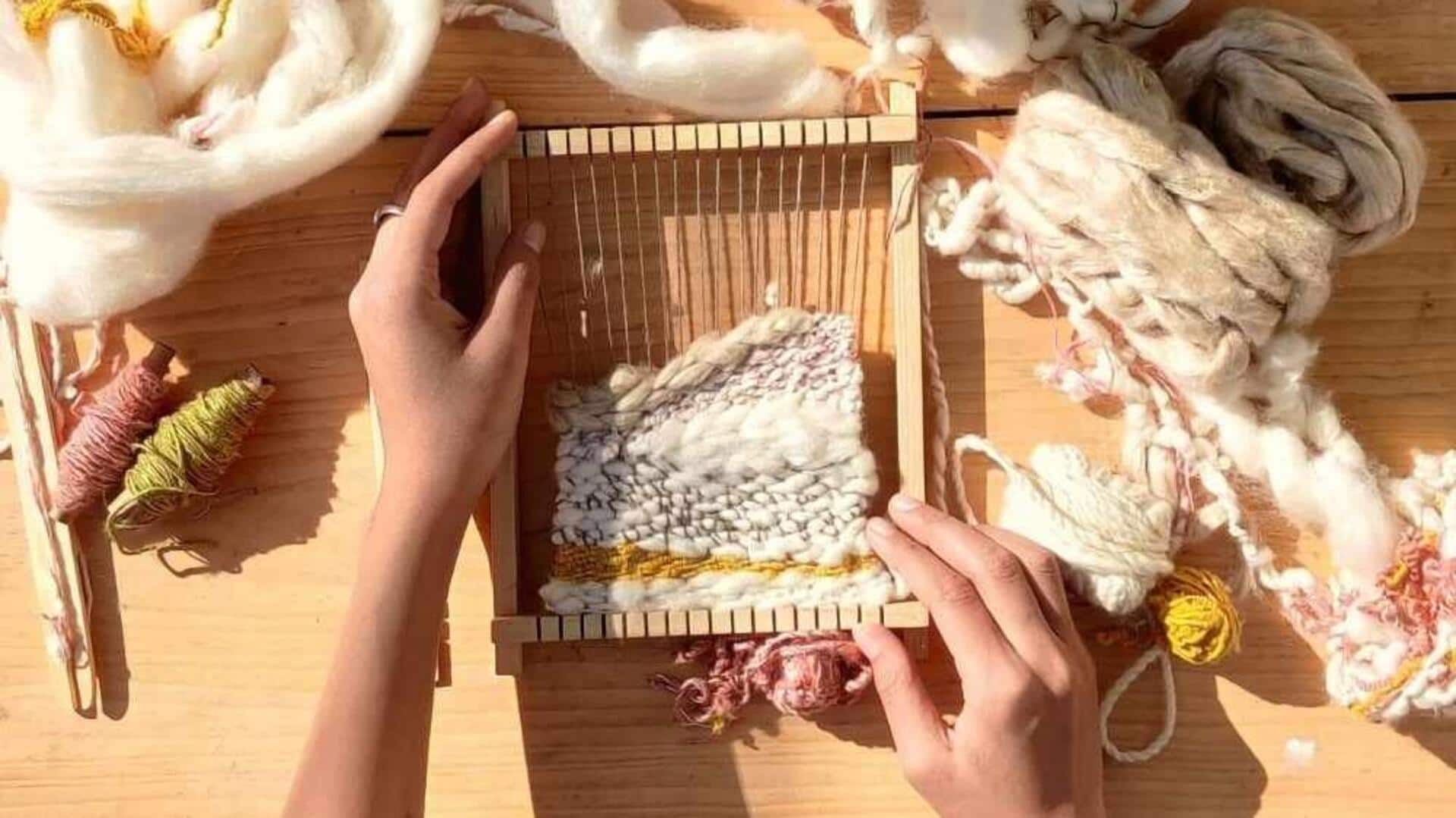
Discover the art of European tapestry weaving
What's the story
European tapestry weaving is a centuries-old craft, which has contributed greatly to the continent's artistic heritage. Dating back to the Middle Ages, this intricate art form involves the creation of detailed images and patterns by interweaving colored threads on a loom. Tapestries were historically used for decorative as well as functional purposes, such as insulating walls of castles and churches. Today, they are revered for their historical value and craftsmanship.
Slug: origins
Historical roots of tapestry weaving
While the art of tapestry weaving dates back to antiquity, it came into prominence in Europe during the medieval era. In fact, the earliest European tapestries were made in monasteries and workshops across France and Belgium. These works often illustrated scenes or stories from mythology, acting as visual narratives for the illiterate.
Slug: methods
Techniques used in tapestry creation
Tapestry weaving involves a number of techniques that have been perfected over centuries. The most common method is using a high-warp or low-warp loom, where weavers intertwine colored threads to form intricate designs. Each thread stands for a different color or shade, giving way to detail-rich imagery, much like painting with yarns.
Slug: components
Materials employed in weaving
Traditional European tapestries are woven using natural fibers such as wool, silk, and linen. Wool is preferred for its durability and ease of dyeing, while silk provides luster to the final piece. Linen acts as the strong base material owing to its tensile strength. These materials play a crucial role in enhancing texture and longevity of tapestries.
Slug: contemporary use
Modern relevance of tapestry art
Today, tapestry weaving is still practiced by artisans who combine traditional techniques with modern themes. While historical tapestries were concerned with grand narratives or motifs, contemporary works delve into abstract concepts or personal stories. This evolution keeps the craft relevant, while continuing to honor its rich heritage through exhibitions across the world.